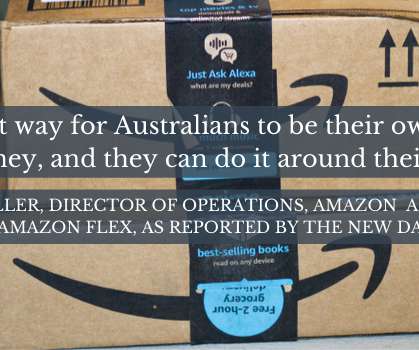3PL Subway 2015: Strategic movements among logistics providers
Supply Chain Movement
SEPTEMBER 28, 2015
SCM 3PL Subway 2015. The 2015 Annual Third Party Logistics Study also reveals that both sides regard themselves as being successful, and shippers are seeing positive results again this year: an average logistics cost reduction of 9%, an average inventory cost reduction of 5% and an average fixed logistics cost reduction of 15%.
















Let's personalize your content